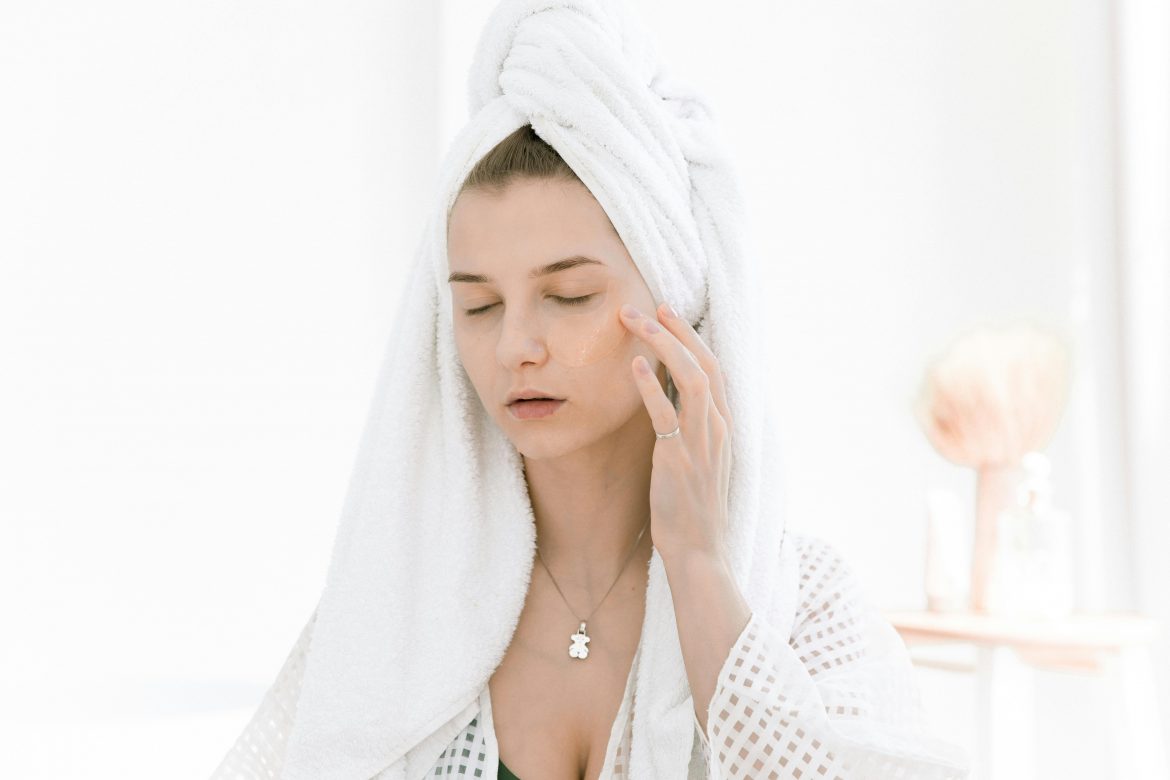Dry skin vs. dehydrated skin: What’s the difference?
Dry skin: Dry skin is a skin type, meaning it’s part of your genetic makeup. It occurs when your skin produces less sebum (oil) than normal. This lack of natural oils can result in skin that feels tight, rough, and flaky. Dry skin is more common in colder climates and as we age, since the skin’s ability to produce oil diminishes over time.
Dehydrated skin: Dehydrated skin is a skin condition, not a skin type. It happens when the skin lacks water, not oil. Any skin type, including oily skin, can become dehydrated. Dehydration often results from external factors like weather, diet, and lifestyle, leaving the skin looking dull and feeling tight.
Signs and symptoms of dry and dehydrated skin
Dry skin
- Flakiness or rough texture
- Redness or irritation
- Itchy sensation
- Fine lines that may appear more pronounced
- Dull, lacklustre complexion
Dehydrated skin
- Dull appearance
- Increased sensitivity
- Tight feeling, especially after cleansing
- Fine lines caused by lack of hydration (often mistaken for wrinkles)
- Dark circles under the eyes
ALSO SEE: 5 best buys for your ultimate beauty reset
How to treat dry skin
Use a gentle cleanser
Opt for a cream or oil-based cleanser that cleans without stripping your skin’s natural oils.
Incorporate moisturising ingredients
Look for ingredients like ceramides, shea butter, and squalene, which help replenish and lock in moisture.
Avoid hot showers
Use lukewarm water to prevent further drying out your skin.
Apply occlusives
Seal in moisture with occlusive agents like petroleum jelly or beeswax.
Hydrate from within
While dry skin lacks oil, staying hydrated can still improve overall skin health.
How to treat dehydrated skin
Boost hydration: Use products with humectants like hyaluronic acid and glycerin to attract water to your skin.
Layer lightweight hydrating products: Start with a hydrating serum, followed by a moisturiser to lock it in.
Adjust your diet: Drink more water and consume water-rich foods like cucumbers, oranges, and watermelon.
Avoid dehydrating habits: Cut back on caffeine and alcohol and aim for a balanced lifestyle.
Use a humidifier: Combat dry indoor air by adding moisture to your environment.
Can you have both dry and dehydrated skin?
Yes, it’s possible to have dry and dehydrated skin simultaneously. This combination often requires a dual approach: replenishing lost oils while adding water-based hydration. Layering products strategically—starting with hydrating serums and finishing with nourishing creams—can address both concerns effectively.
Preventative measures
For dry skin
-
- Avoid harsh soaps and exfoliators.
- Stick to a consistent moisturising routine.
- Protect your skin from the elements with sunscreen and scarves in cold weather.
For dehydrated skin
-
- Drink plenty of water daily.
- Use hydrating masks regularly.
- Protect your skin barrier by avoiding over-exfoliation.
Key ingredients to look for in products
Dry skin
-
- Ceramides
- Shea Butter
- Squalane
- Coconut Oil
Dehydrated skin
-
- Hyaluronic Acid
- Glycerin
- Aloe Vera
- Panthenol (Vitamin B5)
Understanding the difference between dry and dehydrated skin is the first step toward effective skincare.
ALSO SEE:
Featured Image: Pexels

